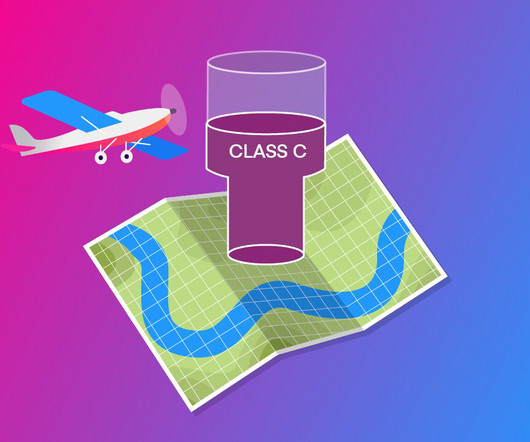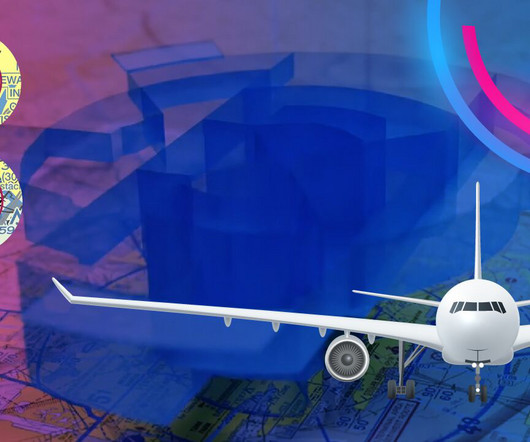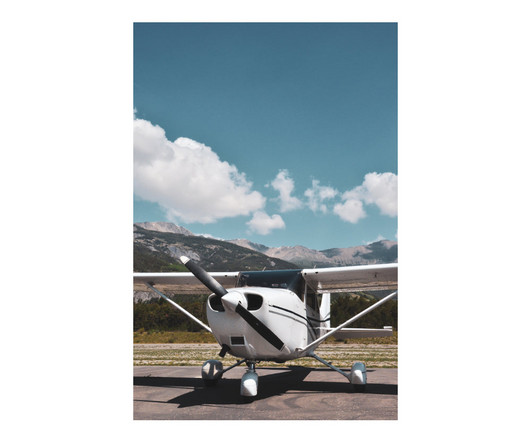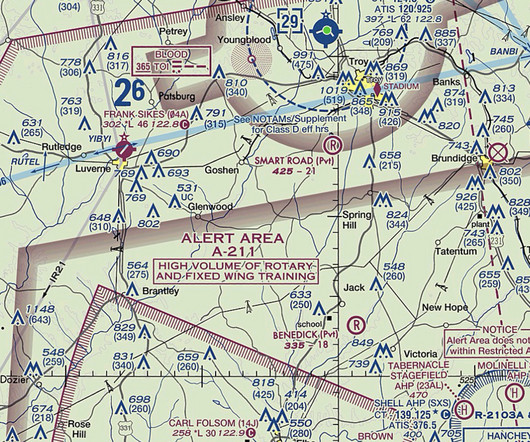Class C Airspace Explained
Pilot Institute
SEPTEMBER 26, 2024
Key Takeaways Airports that fall under Class C designation handle general aviation and airline traffic. Aircraft need to have a two-way radio, transponder with Mode C, and Automatic Dependent Surveillance-Broadcast (ADS-B) Out equipment. Transponder with Mode C to report altitude. Altitude and intentions (e.g.,













Let's personalize your content